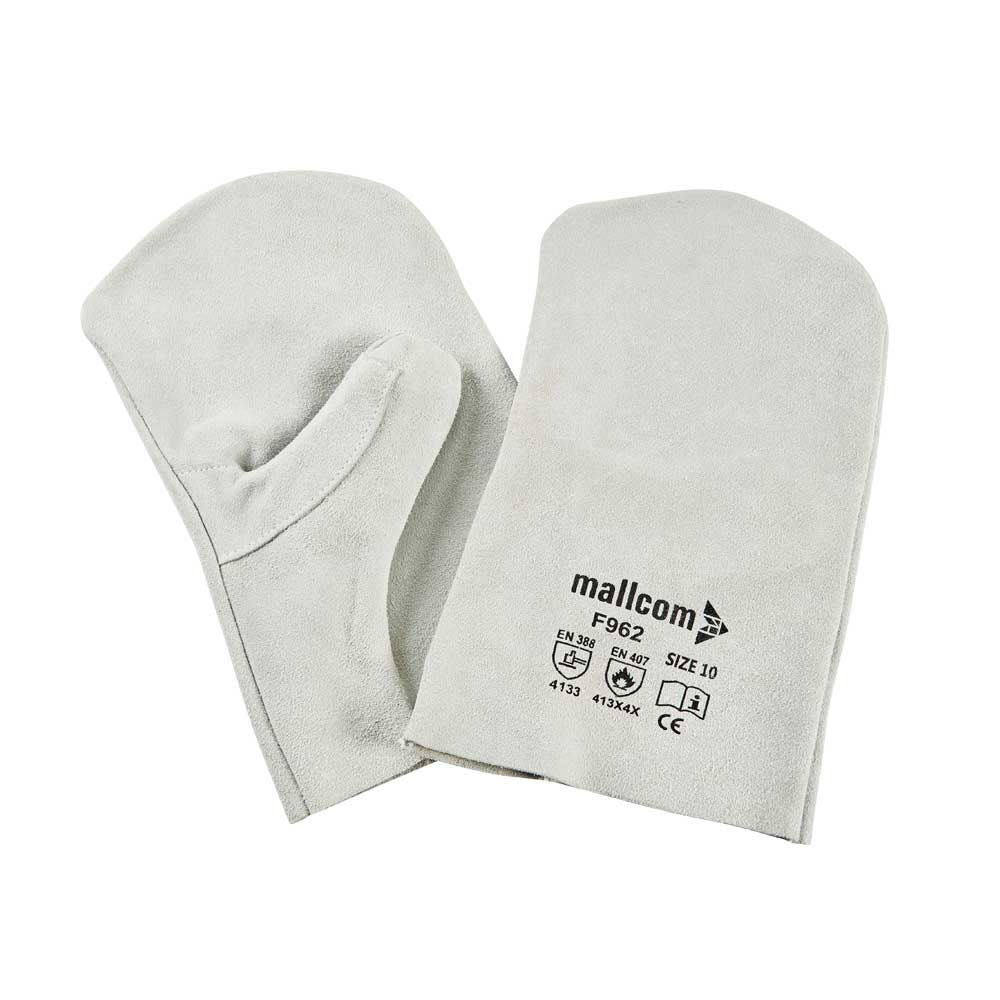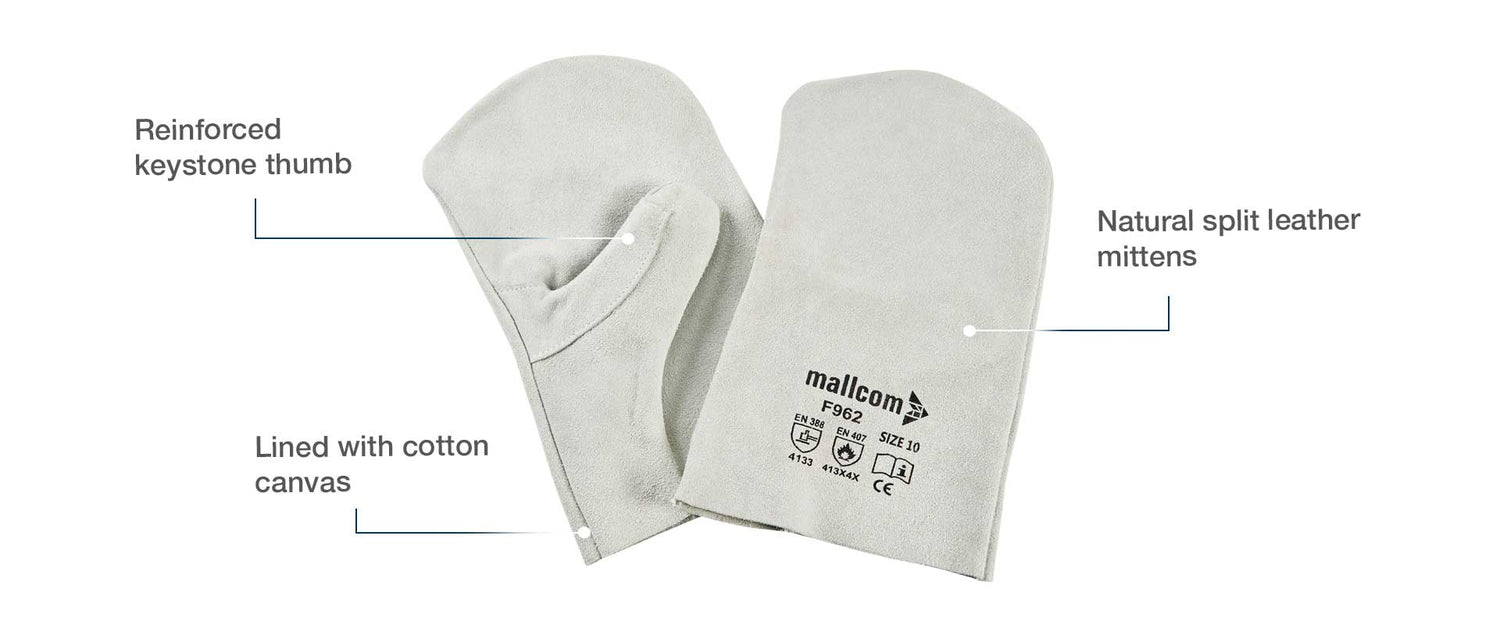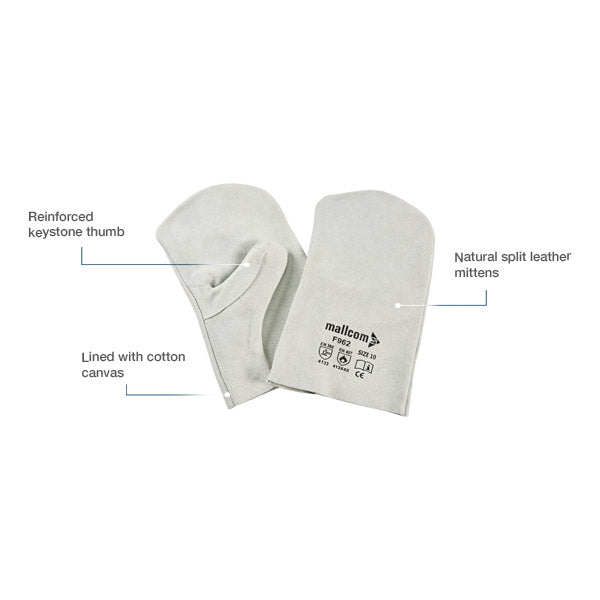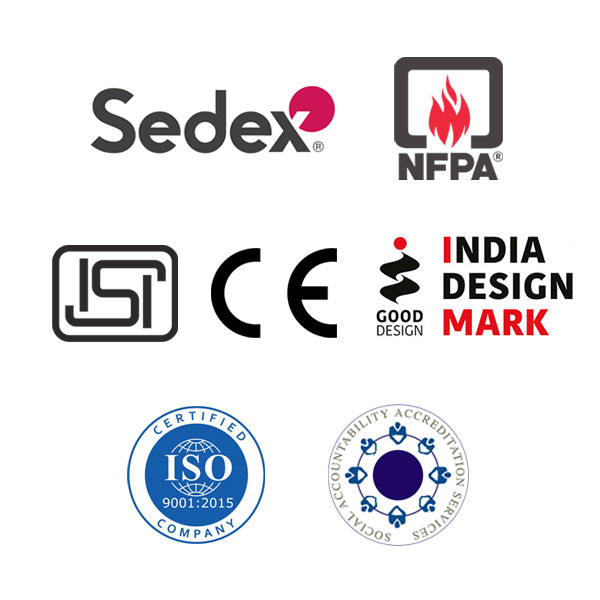F962
Share
Welder Leather Gloves
- Natural Split Leather mittens
- Canvas lining inside
- Keystone reinforced thumb
Heat
EN 388
EN 407
Delivery & Services

Easy Return
with our 15 days return poicy
Regular price
Rs. 0
Sale price
Rs. 0
Regular price
Tax included.
Shipping calculated at checkout.

ABOUT THE DESIGN

USEFUL IN THESE INDUSTRIES
Automobile
Iron & Steel
Metallurgy
Repairs & Maintenance

Product Features
ABOUT THE DESIGN

USEFUL IN THESE INDUSTRIES
Automobile
Iron & Steel
Metallurgy
Repairs & Maintenance
Product Details
























